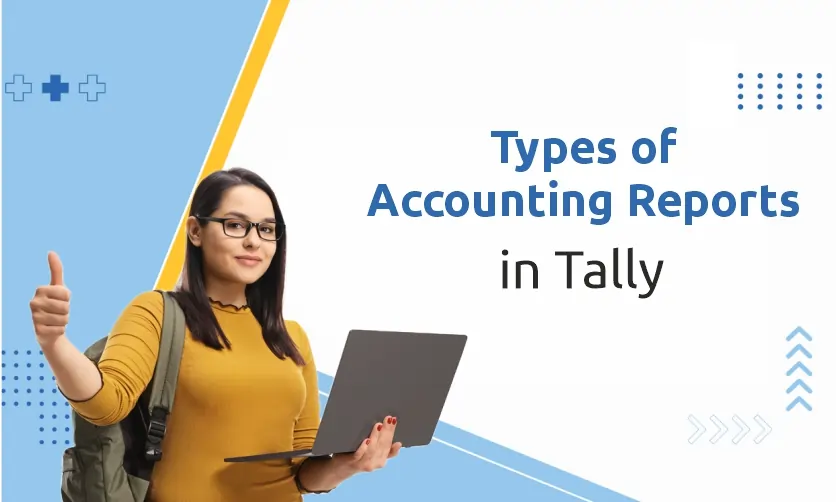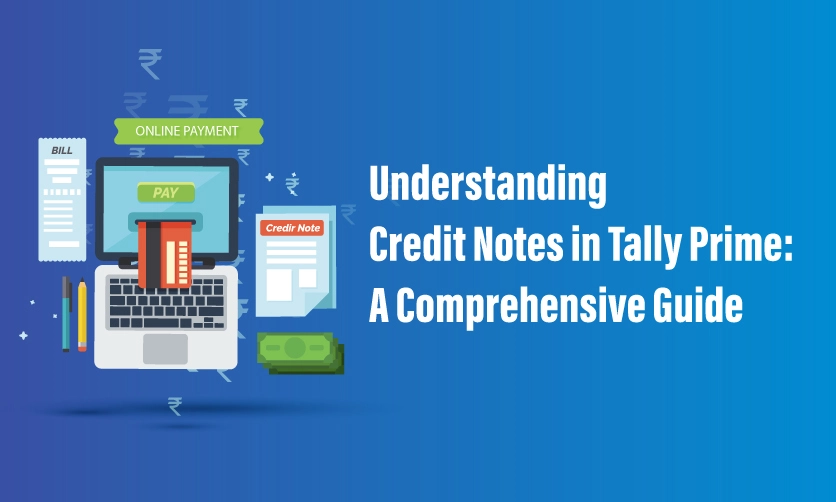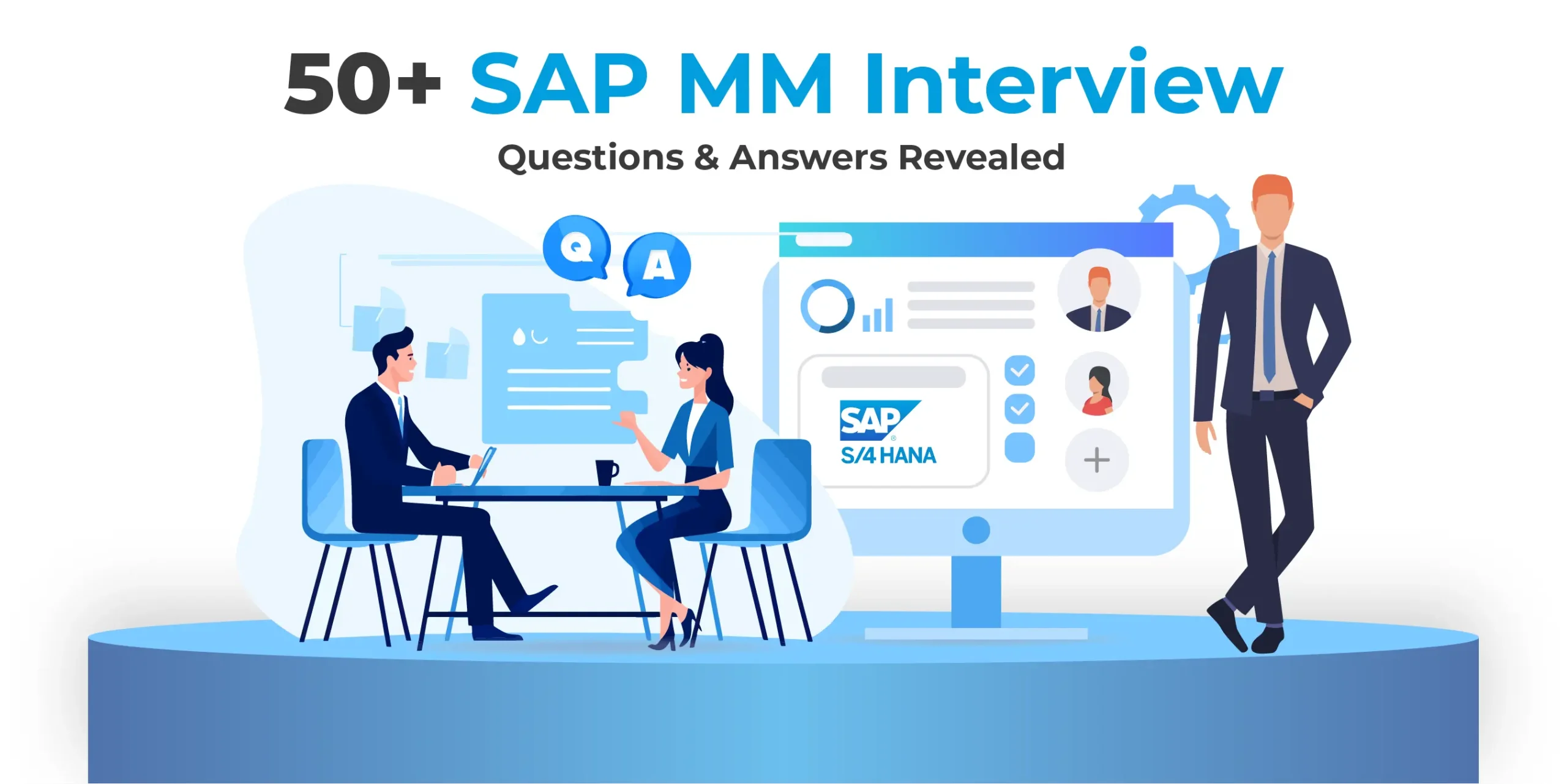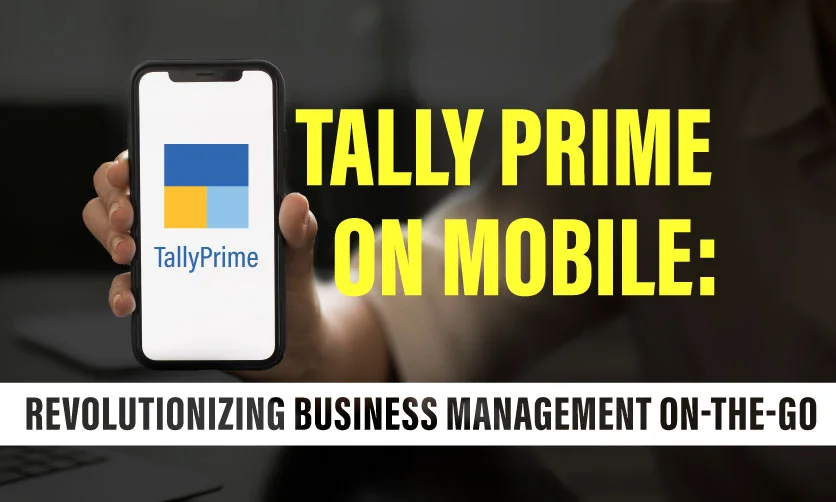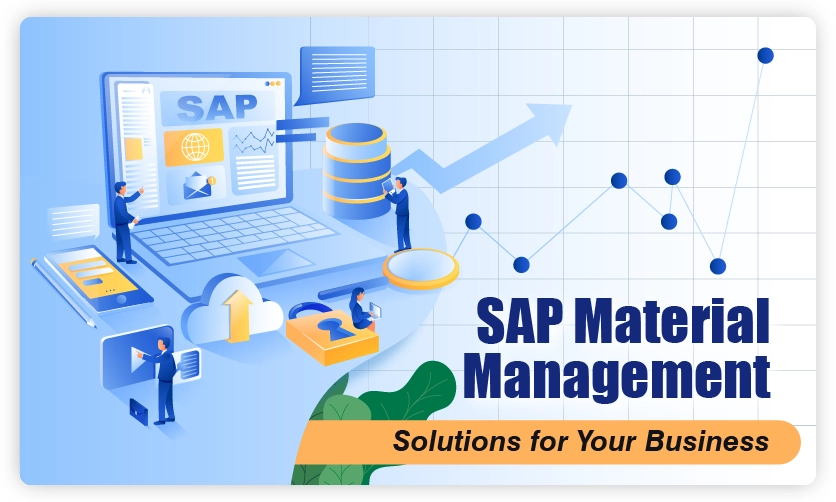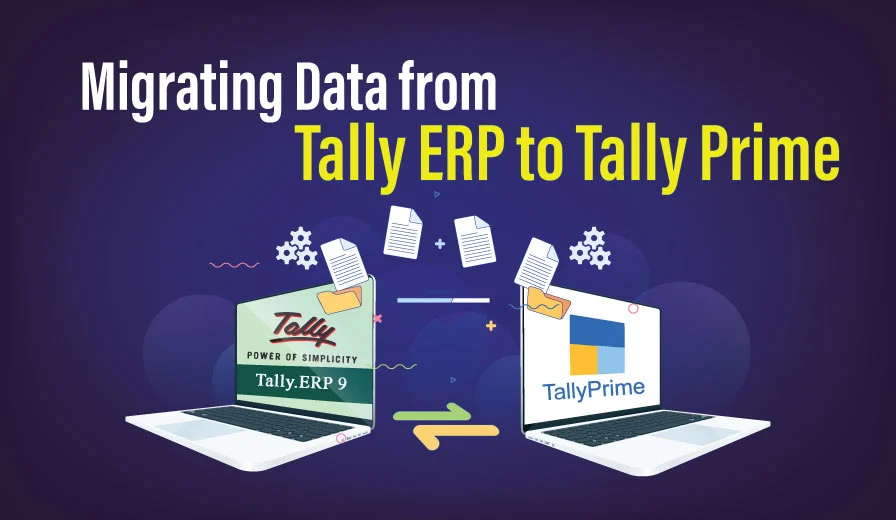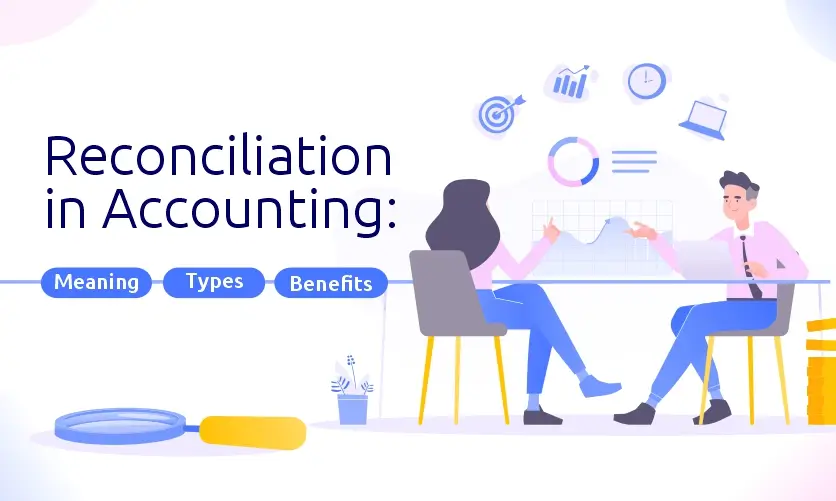
Reconciliation in Accounting: Meaning, Types and Benefits
Within the complex realm of accounting, reconciliation takes center stage as a foundational process, safeguarding accuracy, transparency, and financial integrity. This in-depth blog delves into the intricacies of reconciliation in accounting, exploring its various types and best practices. Explore how evolving technologies are streamlining this vital financial activity.
Let‘s dive into reconciliation in accounting first by understanding its meaning.
Table of Contents
Understanding Reconciliation in Accounting
In the meticulous realm of accounting, reconciliation stands as a cornerstone process, dedicated to ensuring the harmonious alignment of two sets of records. Its primary objective lies in the identification and rectification of discrepancies between various financial accounts, statements, or documents.
This practice holds paramount importance as a bastion of trust, safeguarding against errors, fraud, and misreporting. Ultimately fostering confidence in the organization’s financial health amongst stakeholders.
Types of Reconciliation
There are different types of reconciliation in accounting each one has a unique application area. Let’s explore each one by one:
Bank Reconciliation
Within the diverse landscape of reconciliation practices, bank reconciliation stands as the undisputed champion. This meticulous process rigorously compares an organization’s internal financial records with the official bank statement.
By correcting discrepancies that may arise from timing differences, outstanding checks, or unprocessed transactions. It ensures the harmonious alignment of both sets of records, solidifying the foundation of financial accuracy.
Balance Sheet Reconciliation
Balance sheet reconciliation, a sentinel of financial accuracy, meticulously verifies the alignment of an organization’s balance sheet accounts. This rigorous process ensures the harmonious congruence of assets, liabilities, and equity accounts, guaranteeing their faithful reflection of the company’s financial position at any given time.
Uncovering and diligently rectifying discrepancies is paramount for presenting an unblemished financial snapshot, and is essential for fostering trust and informed decision-making.
Intercompany Reconciliation
In organizations with diverse entities, intercompany reconciliation serves as a vital safeguard, meticulously comparing transactions and balances across subsidiaries or branches to eliminate discrepancies. It ensures that consolidated financial statements accurately portray the collective financial health of the organization.
Vendor and Customer Reconciliation
Maintaining the harmonious alignment of accounts payable and accounts receivable with vendor and customer records is paramount. This is achieved through meticulous vendor reconciliation, which verifies supplier statements against internal records, and customer reconciliation. It ensures outstanding invoices and payments match both internal and customer records.
If you are interested in reading more articles on accounting then visit here:
Best Practices in Reconciliation
- Regular and timely reconciliationRegular reconciliation, ideally conducted monthly, holds paramount importance for promptly identifying and remedying discrepancies. This proactive approach ensures the ongoing alignment of financial records with actual transactions, mitigating the potential for errors to escalate into critical issues.
- Documentation and RecordkeepingComprehensive documentation of reconciliation processes and supporting documents is not merely an audit requirement. It is an invaluable asset for fostering a seamless and efficient reconciliation experience. This detailed trail not only provides auditors with a clear audit trail but also empowers reconciliation teams with a holistic understanding of transactions, streamlining the process and minimizing errors.
- Segregation of Duties Safeguarding against fraud and errors necessitates a multi-pronged approach to reconciliation, involving the participation of multiple individuals, each entrusted with distinct tasks. This segregation of duties ensures a system of checks and balances, effectively mitigating the risk of any single individual exerting undue control over the process.
- Use of TechnologyEmbracing technology is a game-changer in reconciliation. Automated reconciliation tools can swiftly compare vast datasets, identify discrepancies, and even suggest corrective actions. This not only improves efficiency but also reduces the likelihood of human errors.
- Regular Training and Skill DevelopmentIn the ever-shifting landscape of accounting, where standards morph and technologies evolve, continuous training for accounting professionals is paramount. This proactive approach empowers them to navigate the dynamic environment and stay informed on best practices and regulatory updates. It embraces novel reconciliation methodologies, ultimately ensuring their continued effectiveness and relevance in the field.
Enhance your knowledge by reading these related articles:
The Role of Technology in Reconciliation
Automated Reconciliation Tools
The emergence of automated reconciliation tools has revolutionized the financial landscape, dramatically accelerating the reconciliation process. These sophisticated solutions leverage powerful algorithms to analyze vast datasets, uncover hidden patterns, and reconcile accounts with unparalleled speed and accuracy.
It significantly surpasses the limitations of traditional manual methods.
Blockchain Technology
Blockchain technology, with its distributed and immutable ledger, is disrupting the reconciliation landscape, particularly in intercompany transactions. By establishing a shared and tamper-proof record of all transactions.
Blockchain significantly reduces the need for exhaustive reconciliation efforts between separate entities, fostering trust and transparency within the financial ecosystem.
Machine Learning and Artificial Intelligence
Machine learning algorithms and artificial intelligence (AI) are rapidly transforming the reconciliation landscape.
By leveraging historical data and sophisticated pattern recognition capabilities, these technologies proactively identify potential discrepancies and areas for reconciliation focus. It empowers financial professionals to anticipate and address issues before they escalate.
Integration with ERP Systems
Integrating an Enterprise Resource Planning (ERP) system fosters a seamless communication bridge between diverse business functions, streamlining the reconciliation process and minimizing manual data entry errors.
This holistic approach elevates the accuracy and reliability of financial records, empowering informed decision-making across the organization.
If you are looking to learn complete accounting under expert guidance then explore the courses here:
Elevate Your Accounting SkillsAchieve Accounting Excellence with Expert Instructors |
|
| Browse Classroom Course | Browse Online Course |
| More Learning Options for you: Accounts with SAP FICO| CIA Express|Accounting with SAP |
|
Common Challenges in Reconciliation
- Volume and Complexity of Transactions
For expansive organizations grappling with many transactions across disparate accounts, manual reconciliation becomes an untenable endeavor. Automated tools emerge as indispensable allies, effectively managing the sheer volume and intricate nature of financial interactions. - Human Errors
Despite the implementation of best practices, the possibility of human error remains a persistent challenge in reconciliation. By leveraging automation for repetitive tasks, organizations can effectively minimize this risk and empower their human workforce to focus on the analytical complexities that require their unique judgment and expertise. - Regulatory Compliance
Complying with the ever-changing regulatory landscape can be a complex and time-consuming challenge. Thankfully, automated reconciliation tools embedded with intelligent regulatory awareness offer a transformative solution.
These tools enable seamless adaptation to evolving requirements, ensuring continuous compliance and mitigating compliance risks. - Integration Challenges
While integrating reconciliation tools with existing accounting systems may present initial hurdles, successfully navigating these challenges unlocks the transformative potential of automated reconciliation.
The resulting synergy between cutting-edge technology and established workflows fosters a future of streamlined accuracy and operational efficiency.
The Future of Reconciliation in Accounting
Continuous Automation: The automation wave sweeping reconciliation is poised to crest, ushering in an era of continuous, real-time reconciliation. Fueled by the power of AI and machine learning, these intelligent systems will seamlessly analyze transactions as they occur.
It provides instant insights into potential discrepancies and empowers proactive financial decision-making.
- Blockchain’s Pervasive Impact: As blockchain technology matures and transitions from a promising concept to an established reality, its potential to revolutionize reconciliation, especially within the complex realm of intercompany transactions, becomes increasingly evident.
- Enhanced Predictive Analytics: Integrating advanced predictive analytics into reconciliation practices empowers organizations to anticipate potential discrepancies before they manifest, fostering proactive financial control. This transformative approach not only enhances accuracy but also minimizes the need for reactive interventions, streamlining operations, and optimizing resource allocation.
- Integrated Ecosystems: The reconciliation landscape is poised for a transformative shift, transitioning from isolated processes to seamlessly integrated ecosystems. This holistic approach recognizes reconciliation not as a standalone endeavor, but as a vital component of an interconnected financial system, fostering real-time data synchronization and enhanced accuracy.
Read a few more related articles here:
Conclusion
Accounting keeps changing, but checking your financial records (reconciliation) is still important. It ensures your numbers are right, you’re following the rules, and everyone trusts you.
New tech like robots and blockchain is making reconciliation easier and faster, giving companies an edge in the financial world. So, reconciliation in accounting isn’t just a boring chore anymore, it’s helping build a future where everyone knows exactly what’s going on with the money!
- Understanding Credit Notes in Tally Prime: A Comprehensive Guide - April 26, 2024
- 50+ SAP MM Interview Questions and Answers Revealed - April 19, 2024
- Tally Prime on Mobile: Revolutionizing Business Management On-The-Go - April 5, 2024
